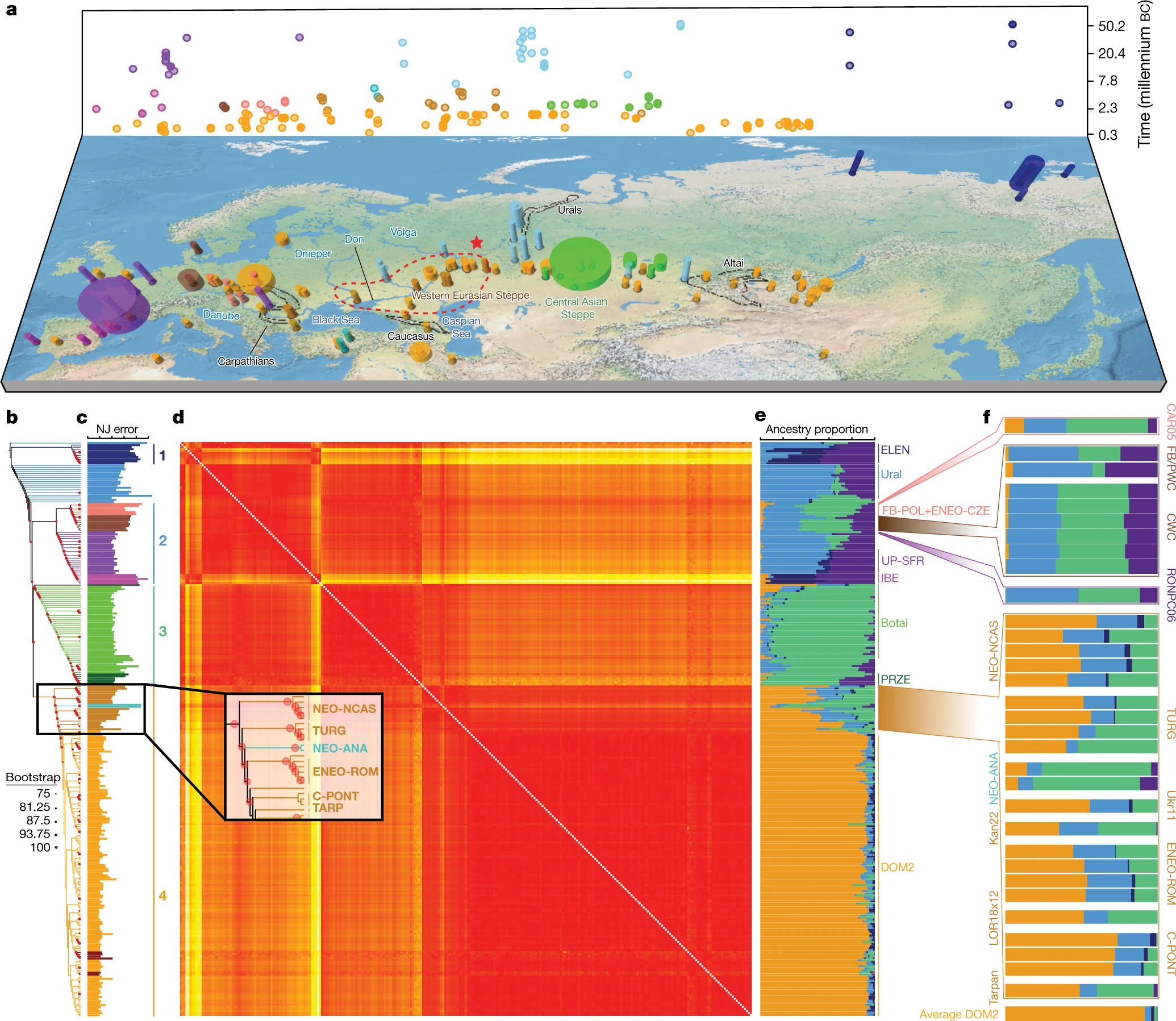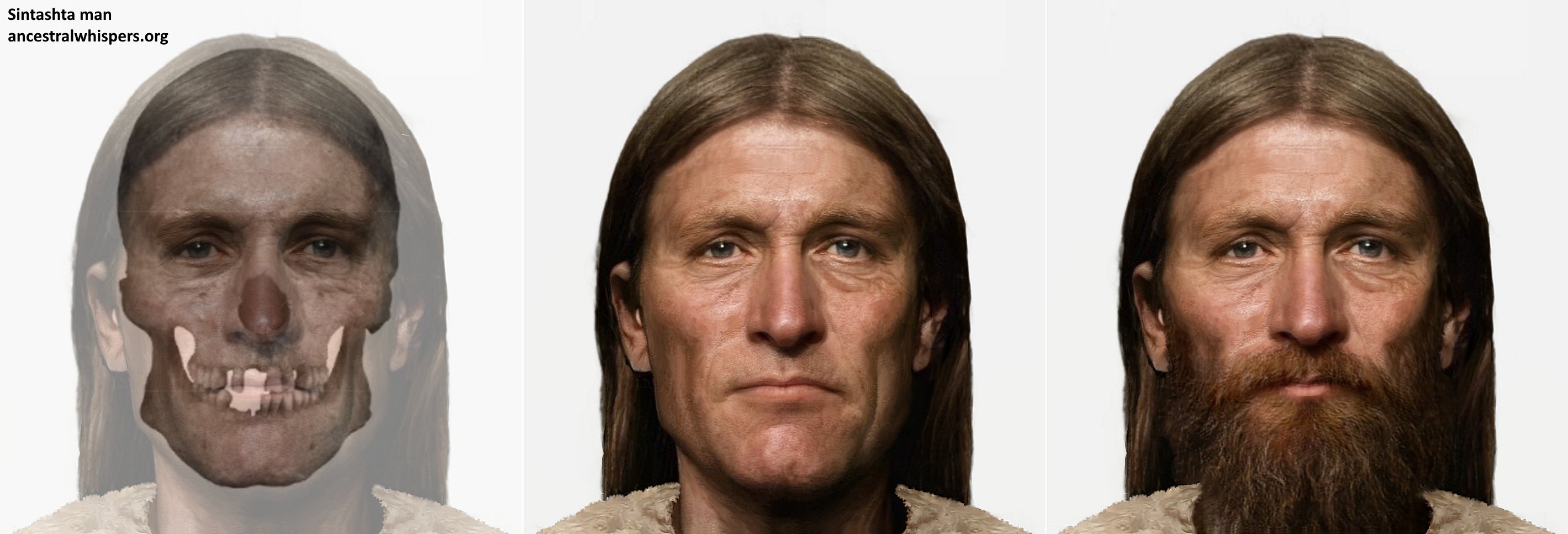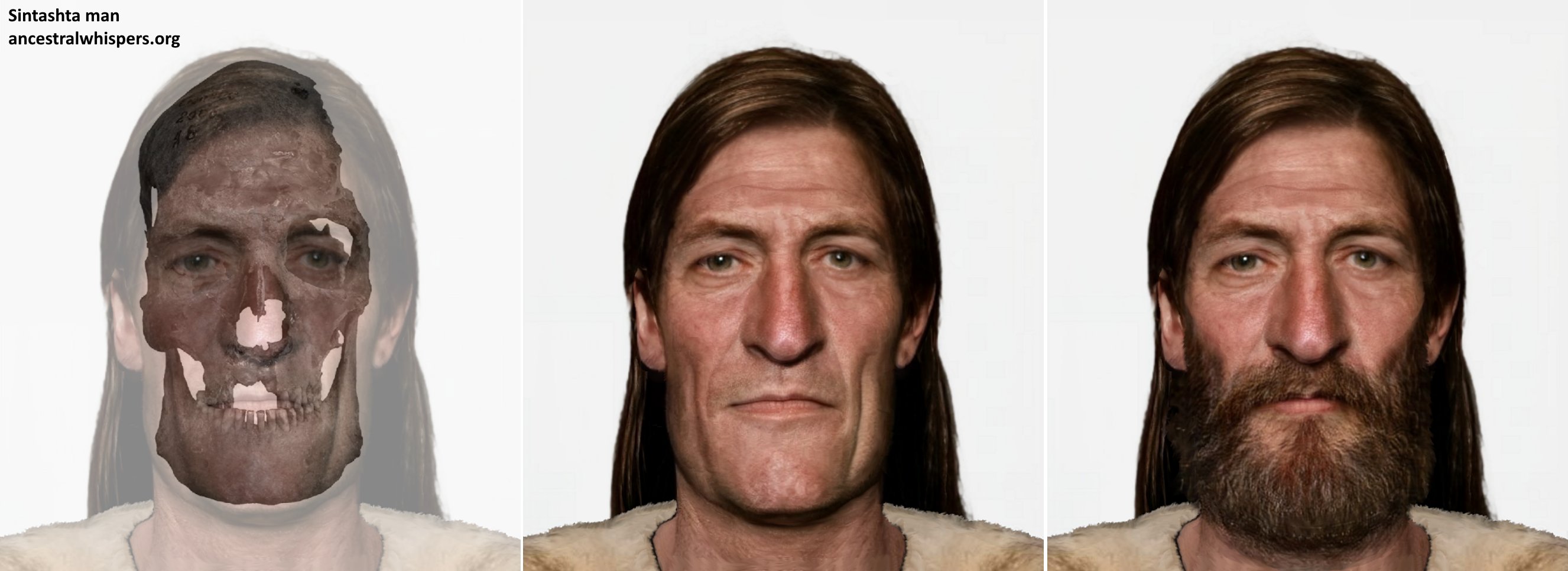Once more, before I move on
and set my sights ahead,
in loneliness I lift my hands up to you,
you to whom I flee,
to whom I, in the deepmost depth of my heart,
solemnly consecrated altars
so that ever
your voice may summon me again.
Deeply graved into those altars
glows the phrase: To The Unknown God.
I am his, although I have, until now,
also lingered amid the unholy mob;
I am his—and I feel the snares
that pull me down in the struggle and,
if I would flee,
compel me yet into his service.
I want to know you, Unknown One,
Who reaches deep into my soul,
Who roams through my life like a storm—
You Unfathomable One, akin to me!
I want to know you, even serve you.
—Friedrich Nietzsche, 1864. Translated by Michael Moynihan
Nietzsche here frankly expresses a strikingly honest form of spirituality which I believe typified the highest sentiments of the Indo-European spiritual worldview. It combines faith, which most religions require, with an honest appraisal of what is truly known of the divine by mortals. In this case the existence of the god is unquestioned, but the exact nature or even the name of the god are not known.
In this post I will provide some examples of this heroic spiritual view of the divine and of death. Consider the Nāsadīya Sūkta also known as the Hymn of Creation, the 129th hymn of the 10th mandala of the Rigveda (10:129). In it, the speaker or singer asks philosophical questions about Creation, and answers himself - we do not know and maybe even the creator himself does not know.
1. Then even non-existence was not there, nor existence,
There was no air then, nor the space beyond it.
What covered it? Where was it? In whose keeping?
Was there then cosmic fluid, in depths unfathomed?
2. Then there was neither death nor immortality
nor was there then the torch of night and day.
The One breathed windlessly and self-sustaining.
There was that One then, and there was no other.
3. At first there was only darkness wrapped in darkness.
All this was only unillumined cosmic water.
That One which came to be, enclosed in nothing,
arose at last, born of the power of knowledge.
4. In the beginning desire descended on it -
that was the primal seed, born of the mind.
The sages who have searched their hearts with wisdom
know that which is, is kin to that which is not.
5. And they have stretched their cord across the void,
and know what was above, and what below.
Seminal powers made fertile mighty forces.
Below was strength, and over it was impulse.
6. But, after all, who knows, and who can say
Whence it all came, and how creation happened?
the gods themselves are later than creation,
so who knows truly whence it has arisen?
7. Whence all creation had its origin,
the creator, whether he fashioned it or whether he did not,
the creator, who surveys it all from highest heaven,
he knows — or maybe even he does not know.
This reflects the religious attitude of the Bronze Age Aryan, in which no insincere claims are made about what can actually be known with any certainty by mere mortals. Obviously this is less consoling than a religion which claims to have all the answers, but in this spiritual worldview, truth comes first.
This same attitude is evident in Greece where there was a shrine to the unknown God at the Areopagus. St Paul exploits this in his sermon, twisting the pagan honesty about that which is unknown of the divine, and calling this a failing of the pagan faith.
"As I walked around and looked carefully at your objects of worship, I even found an altar with this inscription: TO AN UNKNOWN GOD. So you are ignorant of the very thing you worship — and this is what I am going to proclaim to you."
Either in ignorance, or as a technique of deception, Paul missed the pious and honest religious meaning of celebrating that which is unknown and unknowable of the divine by mortals. Christianity can not accommodate this kind of expression of faith, if it did we should see Christian prayers where they ask frank questions about what it is possible for them to know with certainty:
"Did the angel really appear to Mary or was it a daemon? We cannot say.
Was Jesus really a god or was he possessed by a daemon? It cannot be known.
Is YHWH the only god or is he lying? Maybe even He himself doesn’t know for sure.”
Instead, even uttering such things is called heresy. The Bible and the Abrahamic faiths in general provide only a tautological argument that their claims are true because of the scripture and that the scripture is true because it says it is true.
We have seen how Christianity exploited the frank admission by Greek pagans of what can be known of the divine by manipulating the less secure and less knowledgeable pagans who longed for consoling answers to the great unanswerable questions. I believe the same thing occurred 700 years later in England.
In Historia Ecclesiastica Gentis Anglorum, Bede describes how the pagan King Edwin of the Northumbrians calls a council of his wisest retainers to debate whether they should convert to Christianity and it is at this point that one of the "king's chief men" gave the following speech:
“The present life of man upon earth, O King, seems to me in comparison with that time which is unknown to us like the swift flight of a sparrow through the mead-hall where you sit at supper in winter, with your Ealdormen and thanes, while the fire blazes in the midst and the hall is warmed, but the wintry storms of rain or snow are raging abroad. The sparrow, flying in at one door and immediately out at another, whilst he is within, is safe from the wintry tempest, but after a short space of fair weather, he immediately vanishes out of your sight, passing from winter to winter again. So this life of man appears for a little while, but of what is to follow or what went before we know nothing at all.”Evidently the anecdote is provided by Bede as an example of a pagan feeling hopeless with the uncertainty of pagan beliefs, and thus wanting something more solid in the form of Christian doctrine. However, this story is intended to impress pagans and encourage them to convert and is part of a conversion narrative, therefore we should expect to see in it tropes that would be recognised by pagans. For that reason I believe that Bede has used a well known pagan poetic metaphor about the uncertainty of life, not only after death, but before birth! I have covered in my videos how Germanic and Celtic pagans believed in a form of reincarnation so the fate of the “soul” prior to birth was also a concerning question for them.
The idea that this passage was just an expression of Christian belief is unsatisfactory because Christians do claim to know the fate of the soul after death and they certainly do not consider that souls have a similar existence prior to birth as they do after death. The possibility that this passage is a modified pagan metaphor, misrepresented by Bede in a similar way to how Paul had misrepresented the unknown god, seems very likely and it is therefore mysterious to me that no other historian has suggested it (as far as I am aware). The passage was, after all, put in the mouth of a pagan Anglo-Saxon, so why should we not presume it is intended to reflect a pagan world view to some extent?
I am also convinced it has pagan provenance because it matches the heroic and frank attitude toward death and the divine which is seen elsewhere in Indo-European religions and which I have outlined above.
The same heroic, Indo-European fatalistic resolve in the face of death survives in Buddhism and is beautifully portrayed in the film Kagemusha by Kurosawa. In the scene below, Oda Nobunaga the demon king, quotes the following lines:
"Human life lasts only 50 years, compare it with the life of Geten (a form of Buddhist paradise, where one day lasts years of our world), it is truly a dream and an illusion. Life, once given, cannot last forever”








/https://tf-cmsv2-smithsonianmag-media.s3.amazonaws.com/filer/51/9f/519fea8a-a215-48fe-ba09-fae09a0bb3e3/kennewick-hero.jpg)







